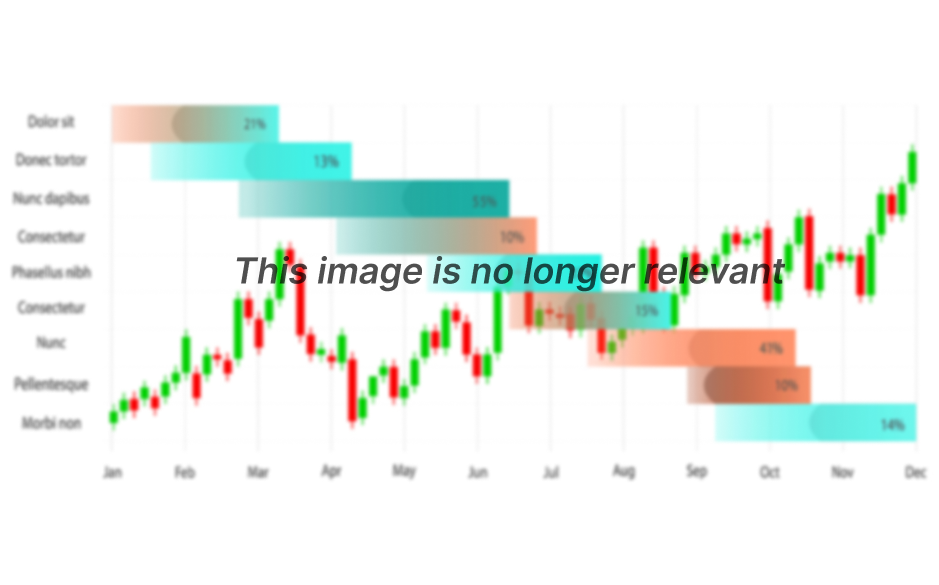As time has shown, the assumption that gold will not rise in price, made in the fall of 2020, turned out to be true - gold did not rise in price. Will gold be able to reverse negative trends, or is it likely to lose its value in the short term, we will analyze in this article.
As you know, trends are divided into three types: long-term, medium-term and short-term. Long term trends are trends that usually last for more than a year. Medium-term trends live on average from three to six months. The life span of short-term trends lasts up to one month. In this article, we will consider the prospects for the short-term and medium-term trend of gold.
Consider the situation in the gold market by the end of January 2021 based on an analysis of the supply and demand balance. The main factors affecting the mid-term and short-term dynamics of quotes are the demand from North American and European investors for physical gold and investments in exchange-traded funds, positioning in the futures market, and opportunity cost.
Investor demand to buy gold-based ETFs hit a multi-year record last 2020 with a net inflow of the precious metal of 877 tonnes. However, during the year, demand was not evenly distributed: if in the first half of 2020 investors were building up long positions in the so-called "paper gold", then in the third quarter the growth rates of inventories slowed down, and in the fourth quarter they became generally negative (Fig. 1). This led to a decline in the price of gold denominated in US dollars. The price of gold dropped even more in euros, as the dollar was actively depreciating against the euro. It can be clearly seen that the price of gold followed investment flows, but rose in December despite negative gold inflows, which is a fundamental divergence
Figure 1: Gold Flows to ETFs: December 2018 - December 2020
Now let's see how the futures market traders behaved when trading futures contracts on the CME-COMEX exchange.
The dynamics of supply and demand in the futures market almost completely repeats the dynamics of the movement of gold in exchange-traded funds - ETFs. Having reached a maximum in August, at the level of 1,135,000 contracts, by December 2020, Open Interest, which is an indicator of demand, decreased to 752,000 contracts, after which it recovered to a value of 810,000 contracts in December, but collapsed in January 2021 and now again amounts to 754,000 contracts. At the same time, interest from the main buyers of gold fell exactly in January, which from a fundamental point of view implies a further decline in gold in the medium and short term.
As usual, there are several reasons why this happened. There are artificial barriers in the form of increased collateral requirements set by the CME exchange. Throughout 2020, the exchange has steadily increased its margin requirements despite declining volatility, which has led to a decline in trader interest. This, and the increase in the yield of US Treasury bonds, led to a decrease in the opportunity cost. Since August 2020, the yield on 10-year US bonds has increased by 0.5% and in January 2021 was 1.092% per annum. There was a slowdown in consumer demand. In December, the American economy began to lose jobs again.
At the same time, after Joe Biden's "victory" in the US presidential election, the stock market continued to grow actively, which deprived gold of its function as a protector against market risk.
As you can see, by January 2021, gold approached in a state crushed by fundamental reasons, which could not but affect its quotes. Based on the analysis of the factors above, it is safe to say that in the current environment, gold may continue to decline in the medium and short-term trends, which suggests looking for points to sell.
Figure 2: Technical Analysis of Gold Price - Medium Term Trend
If you conduct a technical analysis of the gold price, it becomes clear that in December there was an unsuccessful attempt by gold to gain a foothold above the $1900 level, after which the price again dropped to the 1778-1900 range and has now formed a signal to move to the lower border of this range. If gold manages to overcome the level of $1778 and gain a foothold below, then in this case there is a high probability that the price will drop by another $100, to the level of $1680. After that, the quotes may return to the values of 1520-1550 dollars per troy ounce.
If we consider the situation in terms of time, it may take from one to two weeks for the price to decline to the level of $1778. And, in case, a decline to the level of 1680, can take up to three months. It will take up to six months to decrease to the level of 1550. At the same time, a decline to 1778 should be regarded as very probable, a decline to 1680 as probable, and a decline to 1550 as unlikely. Naturally, as this scenario develops, the probability of the outcome of a particular event can both increase and decrease. Be careful and make sure to follow the money management rules.










